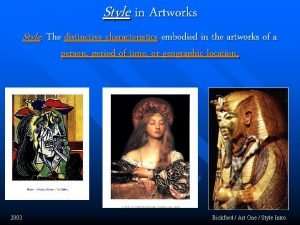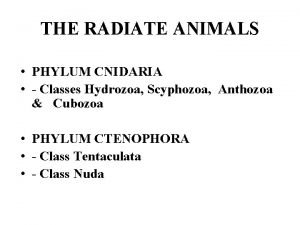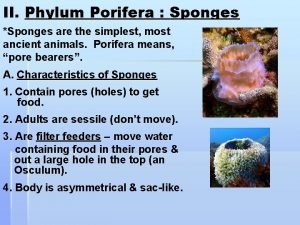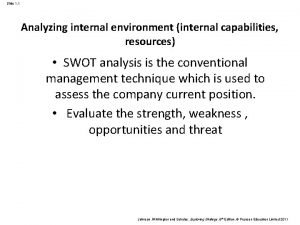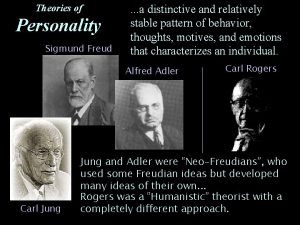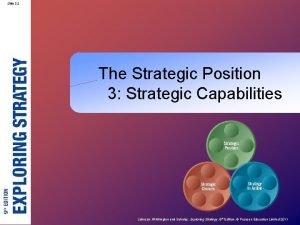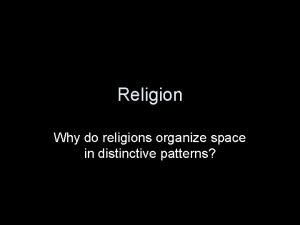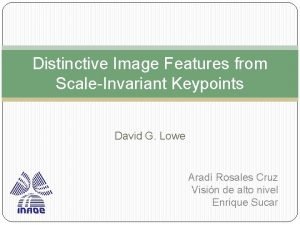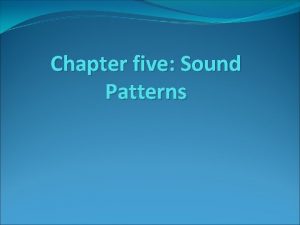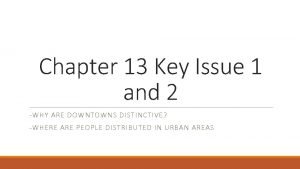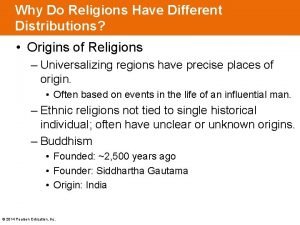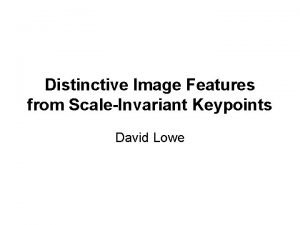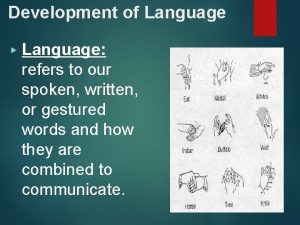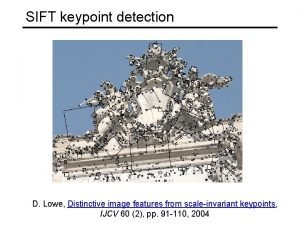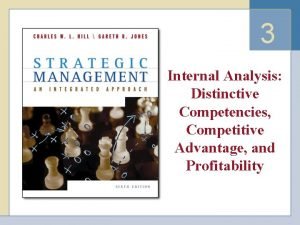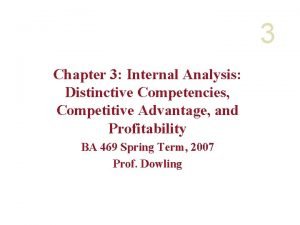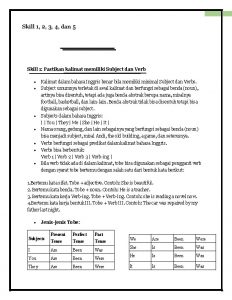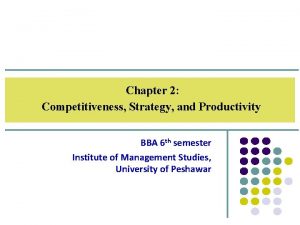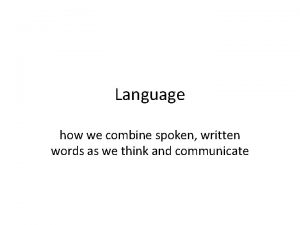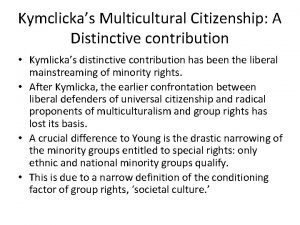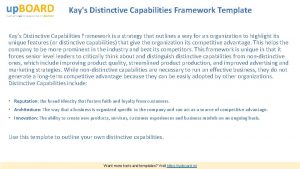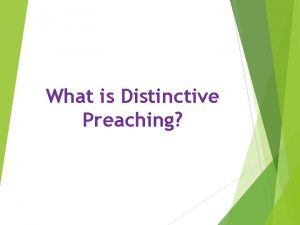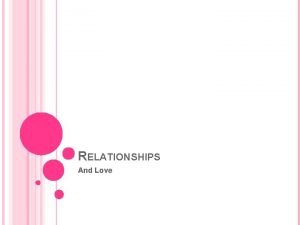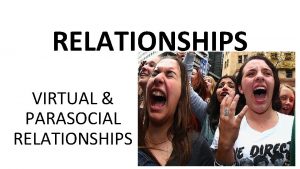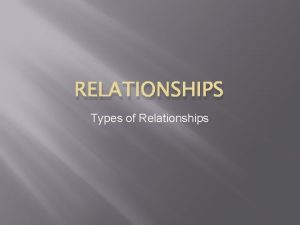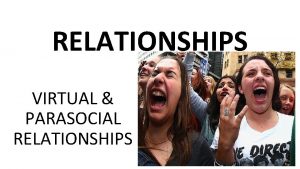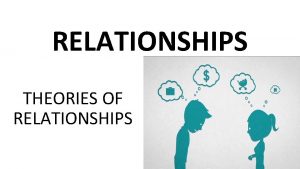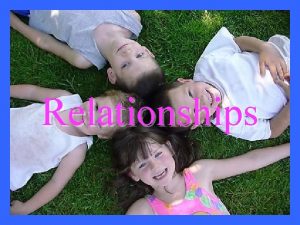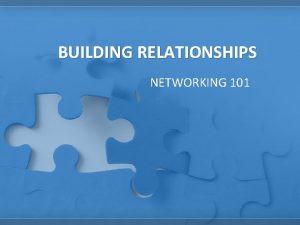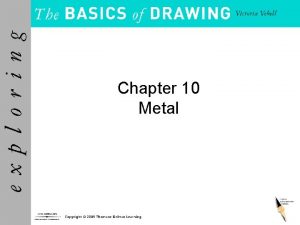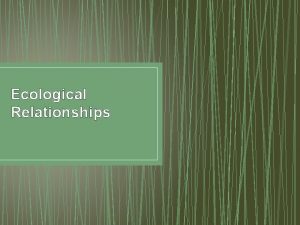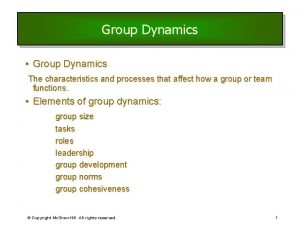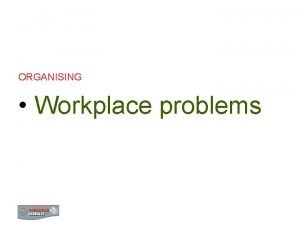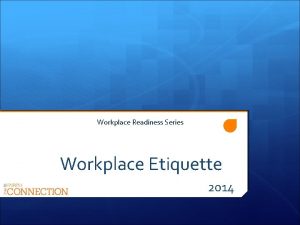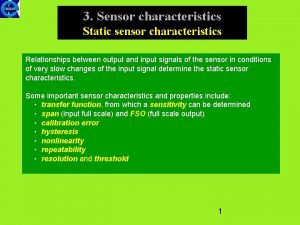Workplace Dynamics Workplace Relationships distinctive and unique characteristics






























- Slides: 30

Workplace Dynamics

Workplace Relationships distinctive and unique characteristics >Can be daily and ongoing; 5 x 8 hrs >Sharing space/equipment/supplies >personal privacy, space, noise, fragrances >interdependent roles; you need each other >differing status levels; assistants to. . >power imbalances; employee/supervisor > Varying degrees of experience , knowledge

Workplace Relationships cont’d distinctive and unique characteristics >expected norms: cooperation, support, respect etc. policies, procedures >Individual relationships within a group relationship/hierarchy >Livelihood, status, self image are enmeshed in your work >Individual roles/jobs with performance requirements > Established Lines of Reporting/Communication

Our Coworkers Our Co-workers have…. Concerns Hopes Aspirations Priorities Beliefs Desires Expectations Needs and Wants

Coworkers cont’d Have …. . Differences in perceptions Differences in values Differences in power Differences in opinions Personality differences Different ………?

CONFLICT IN THE WORKPLACE

CONFLICT DEFINED Conflict emerges when something that we value or care about is threatened by someone, or is perceived to be threatened.

What we care about/value Procedural Substantive Psychological

Conflict is normal Is it really ?

Conflict is Normal The workplace is filled with people who have different wants, needs, and expectations. ……. conflicts will occur.

Conflict: Good or Bad? Positive when it encourages creativity, new looks at old conditions, the clarification of points of view, and the development of human capabilities to handle interpersonal differences. Negative when it creates resistance to change, establishes turmoil in organization or interpersonal relations, fosters distrust, builds a feeling of defeat, or widens the chasm of misunderstanding.

Addressing Emotions They are a component of all conflict. They need to be acknowledged with empathy. It is helpful to be able to name the emotion.

The Complexity of Emotions There are many. They can be layered. They can be intermingled. Confused, Elated, Worried, Hostile, Disappointed Threatened, Angry, Embarrassed, Depressed etc.

Emotions and Moving Forward Recycling of emotions is counter productive. Knowing when to move off emotions/the past, is challenging. Focusing on solutions and goals leads to conflict resolution.

Conflict Resolution Methods Focus on Relationships: Focus on Outcome Competing Avoidance Compromising Collaboration Accommodating

Dealing with Conflict We need to respond not react to Conflict 1, Adopt a ‘Resolution’ state of mind 2. Try to identify the type of Conflict 3. Self Awareness; identify your conflict triggers 4. Separate Positions from Interests/Concerns 5. Beware of Attribution 6. Listen in order to be able to demonstrate understanding. 7. “I” statements 8. Pause to do 1 - 7; write it down.

The Conflict Resolution ‘state of mind’ 1. Ownership of my thoughts, decisions, my responses, my reactions, my actions can only belong to me. 1(a) I am capable, not helpless nor a victim. 2. Effective Communication is how the conflict will be resolved. 3. Focus on resolving the conflict not on ‘changing the other person’ 4. ‘We’, (i. e. those in conflict) can best resolve our differences.

Differences …again

Types of Conflict Substantive Conflict between individuals because of what should be done or what should occur…. e. g. work to be done Personalized Conflict between individuals that occurs because the two parties do not like one another ; perceive each other as a threat, identity or self esteem is attached to ‘winning’ the dispute. Personalized Conflict is difficult for most people.

Three (3) Core Elements of Identity Am I Competent? Am I a good person? Am I likeable?

IDENTITY CONFLICT TRIGGERS Competence – your skill / intelligence is questioned Inclusion – being excluded from a group, committee Autonomy – someone tries to control/impose on you Status – someone is eroding your power/position … Reliability-your trustworthiness/dependability is questioned Morality – someone questions your values or integrity

Listening to Understand Take a‘curiosity’ vs an ‘investigative’ approach. People know that they have been listened to when we can demonstrate that we understand them. by by How to demonstrate? repeating paraphrasing summarizing …….

Understanding/ Listening If you take time to understand me. I will take time to listen to you. Eventually we may even trust each other

Look for Interests behind Positions POSITIONS I want the window open. But I want the window closed. INTERESTS I would like some fresh air. But I don’t want outside noise

Beware Attribution Attributing negative values and motives to those with whom we are in conflict. I am motivated by reason and logic. I am fair and reasonable. You are not a good person. You have the wrong values. FOCUS ON ISSUES NOT PEOPLE

Your Perspectives If you change the way you look at things, the things you look at change. If you change the way you view someone, that someone you view, changes.

Assertive not Aggressive The “I” statement You are the most frustrating person to work with! vs. I feel very angry when you do not keep me in the loop because it suggests my input is not valued. COMPARE THE EFFECT OF EACH OF THESE STATEMENTS

“I” Statements cont’d 1) I feel …. . (state the emotion ; not I feel like…) 2) When you ……. ( describe their behaviour or under what conditions you feel that way) 3) Because …explain why the behaviour or conditions make you feel that way. . I feel angry when you don’t file your report on time because then I miss my deadlines.

Dealing with Conflict We need to respond not react to Conflict 1. Adopt a ‘Resolution’ state of mind 2. Try to identify the type of Conflict 3. Self Awareness; identify your conflict triggers 4. Separate Positions from Interests/Concerns 5. Beware of Attribution 6. Listen in order to be able to demonstrate understanding. 7. ‘I’ statements 8. Pause to do 1 - 7; write it down.

Hoped for Workplace Healthy , safe , professional , friendly Family culture , trustful , open communication
 The distinctive characteristics of the artwork
The distinctive characteristics of the artwork Mind map office 365
Mind map office 365 Characteristics of cnidaria
Characteristics of cnidaria Sponges characteristics
Sponges characteristics The characteristics of saturn
The characteristics of saturn Amphibians unique characteristics
Amphibians unique characteristics Unique characteristic of neptune
Unique characteristic of neptune Characteristics of bacteria
Characteristics of bacteria Porozoa
Porozoa Threshold and distinctive capabilities
Threshold and distinctive capabilities Id is based on moral values
Id is based on moral values Threshold and distinctive capabilities
Threshold and distinctive capabilities Tinikling nature of dance
Tinikling nature of dance Why do religions organize space in distinctive patterns
Why do religions organize space in distinctive patterns Wildfilmindia
Wildfilmindia Distinctive image features from scale-invariant keypoints
Distinctive image features from scale-invariant keypoints Distinctive feature theory in phonology
Distinctive feature theory in phonology Why are downtowns distinctive
Why are downtowns distinctive Why do religions have different distributions
Why do religions have different distributions David lowe sift
David lowe sift Language refers to the
Language refers to the What makes landscapes distinctive
What makes landscapes distinctive David g lowe
David g lowe Distinctive competencies
Distinctive competencies Distinctive competencies
Distinctive competencies The spices flavoring the meal were quite distinctive
The spices flavoring the meal were quite distinctive Competitiveness strategy and productivity
Competitiveness strategy and productivity Chapter 2 lesson 1 building health skills
Chapter 2 lesson 1 building health skills Landforms of the southwest
Landforms of the southwest Landforms of africa
Landforms of africa Linguistic relativity examples
Linguistic relativity examples
